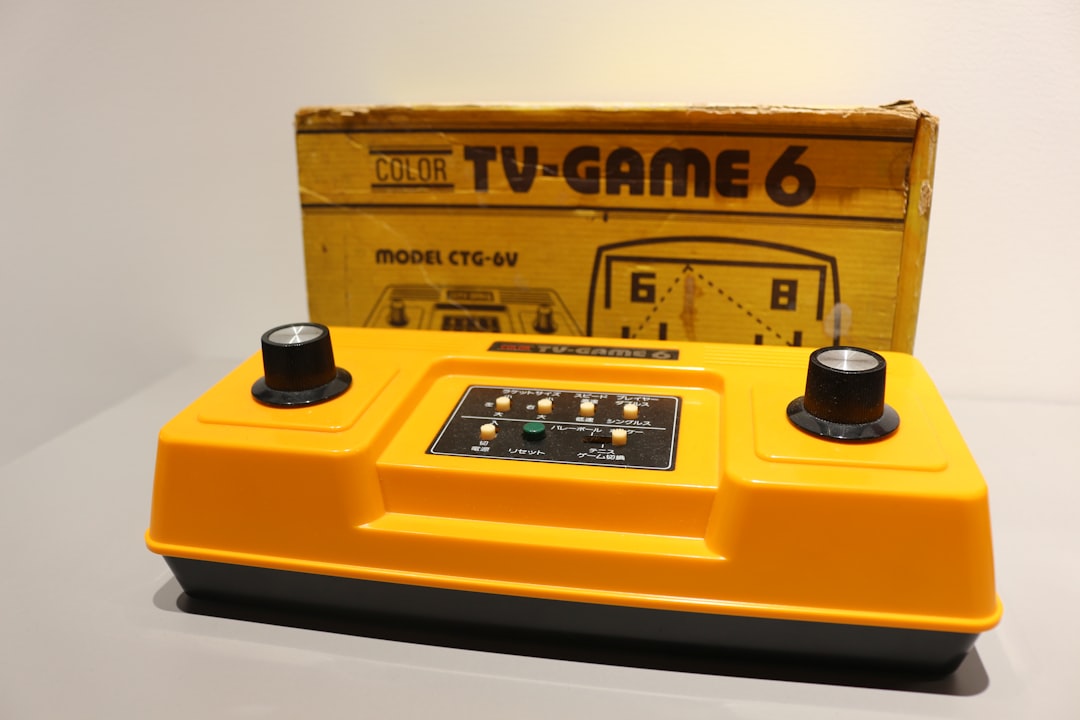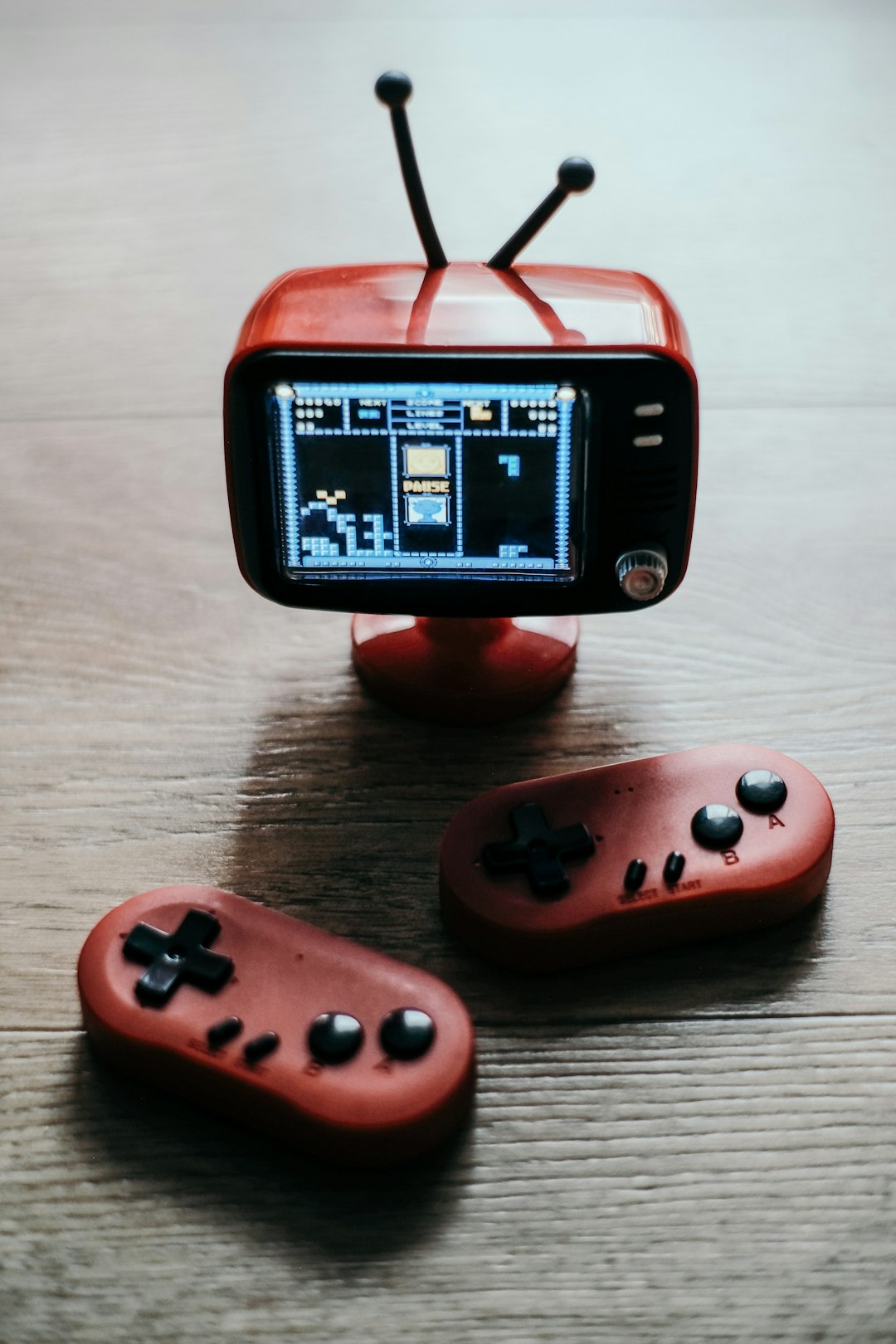In the ever-evolving world of video games, it’s easy to be swept away by 4K graphics, ray tracing, and high-speed online competition. Yet, somehow, certain relics of the past maintain a fierce and loyal following. One of these enduring classics is Sega’s Game Gear, the 8-bit color handheld console that dared to challenge Nintendo’s Game Boy. Despite its commercial shortcomings, the Game Gear has found a second life among collectors and retro gaming enthusiasts. But what is it about this bulky, battery-hungry console that still sparks nostalgia and admiration today?
A Colorful Contender in a Monochrome World
When the Game Gear was released in 1990 in Japan (and globally in 1991), it was more than just a new handheld—it was a technological marvel compared to the competition. At a time when the best-selling handheld, the Nintendo Game Boy, featured a greenish monochrome screen, the Game Gear offered a full-color backlit display.
This visual leap immediately set it apart. Icons like Sonic the Hedgehog and Streets of Rage came alive in ways that Game Boy titles could hardly match. The Game Gear was, for many, their first introduction to vivid gaming on the go, a small window into arcade-style graphics in the palm of their hand.

Why the Game Gear Still Has Fans Today
Despite being discontinued in the late ’90s, the Game Gear remains popular for several compelling reasons:
1. Nostalgia Factor
Perhaps the most obvious reason is the power of nostalgia. For many gamers who grew up in the early ’90s, the Game Gear represented a unique, often underestimated, chapter of their gaming journey. Owning one was a badge of being different—a bold statement against Game Boy ubiquity. Revisiting this handheld today feels like rekindling childhood memories.
2. Innovative Design Features
The Game Gear wasn’t just about colorful graphics; it was packed with features that were ahead of its time:
- A backlit screen that allowed for gaming in the dark
- A TV tuner accessory, turning it into a portable television
- A wide landscape screen that mimicked the format of arcade cabinets
These innovations made the Game Gear not just a gaming console but a multi-functional device—a rarity in the early ’90s consumer electronics landscape.
3. A Diverse Game Library
Though often criticized for relying heavily on Master System ports, the Game Gear’s library features over 300 titles across various genres:
- Sonic the Hedgehog series, offering original and adapted platforming action
- Shining Force: The Sword of Hajya, a deep tactical RPG
- Arcade conversions like Out Run, Columns, and GG Shinobi
Many of these titles are beloved and still hold up well, thanks to simple yet engaging gameplay and strong character design. Some games are exclusive to the Game Gear, making the platform a treasure trove for retro completionists.
4. Collector’s Appeal
The Game Gear represents a challenge and an opportunity for retro hardware collectors. Because the original capacitors in Game Gear systems are prone to failure, it has become common for enthusiasts to restore or mod these systems:
- Replacing old capacitors to fix audio and display issues
- Upgrading screens with modern LCDs for improved visuals and battery life
- Custom shells and buttons for aesthetics and functionality

These modifications breathe new life into the Game Gear, preserving its legacy while enhancing its usability with today’s technology. For many, the joy isn’t just in playing the games—but in reviving the hardware itself.
The Game Gear Micro and Rising Popularity
In 2020, Sega acknowledged the enduring popularity of its handheld by releasing the Game Gear Micro—a miniaturized version of the original console. Though more of a collector’s novelty than a practical gaming device, the Micro served a clear purpose: to remind audiences of the Game Gear’s place in gaming history. Whether fans purchased it as a display item or a functioning reminder of their childhood, it reinforced how strong the emotional and cultural imprint of the original device remains.
Online Communities Keep the Legacy Alive
Retro gaming blogs, forums, and YouTube channels have also played a massive role in the Game Gear’s continuing relevance. Content creators dive deep into the Game Gear catalog, promote hardware mods, and even develop new homebrew games for the system. Platforms like Reddit’s r/GameGear and modding communities on Discord offer resources and camaraderie for anyone looking to dive into the world of Sega’s handheld.
Additionally, emulation has made the Game Gear’s library more accessible than ever without the physical console. Fans can enjoy titles via handheld emulation devices, PC programs, or even mobile apps. But even with access to emulators, many still prefer the tactile authenticity of holding an actual (or refurbished) Game Gear.
Challenges That Made It Unique
To truly understand the cult following of the Game Gear, one needs to acknowledge its flaws—because, ironically, they are part of its charm.
- Battery Life: The Game Gear could burn through six AA batteries in 3–5 hours of gameplay. This was a frequent barrier to long trips and uninterrupted experiences.
- Size and Weight: Compared to the Game Boy, it was a behemoth—hefty and less pocket-friendly.
- Library Limitations: While it had gems, some of the Game Gear’s games were downgraded from the Sega Master System, leading to criticisms about quality and originality.
These limitations, however, are also what define its character today. For retro enthusiasts, overcoming these headaches with modern solutions—rechargeable battery packs, screen and capacitor upgrades—makes the experience even more rewarding. It’s a special kind of devotion, and it’s exactly what keeps the Game Gear community alive and thriving.
Conclusion: A Handheld with Heart
The Game Gear may not have won the handheld war of the ’90s, but today it wins something more valuable: loyalty. In a sea of plastic nostalgia, the Game Gear stands out for being ambitious, beautiful, flawed, and ahead of its time. Its fans aren’t just retro gamers—they’re restorers, historians, and keepers of a unique gaming legacy.
Whether you’re in it for the games, the modding, or simply to relive the feeling of holding that oversized controller in your hands, the Game Gear offers something no other handheld experience quite can: a vibrant glimpse into what handheld gaming could have been.



